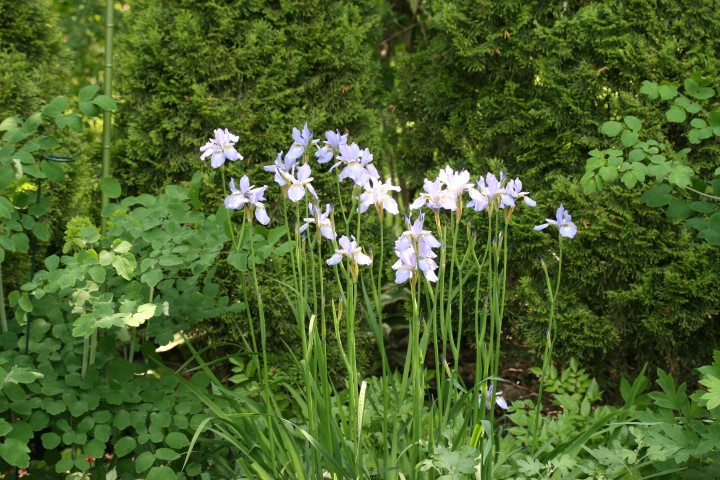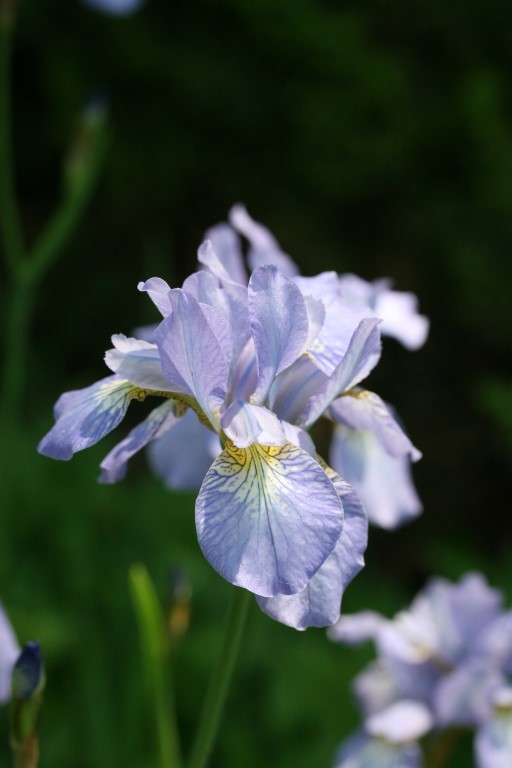During my daylily dividing marathon last fall I also divided all of my Siberian irises. Now I’ll have more of them spread throughout my flowerbeds.
These easy-to-grow perennials bloom in May when the tulips and daffodils are finished, but the annuals and many other perennials haven’t yet started to show off.

Siberian irises come in a variety of colors, but the bluish-purple ones are my favorite like ‘Caesar’s Brother’ (pictured above). They flowers appear on thin stems, and the foliage is grass-like and doesn’t take up much space. When the flowers are in bloom they appear to hover above the other plants in the garden.

The plants prefer about 6 hours of sun each day, but I’ve had luck growing them in partial-shade because they bloom each spring before our surrounding oaks and hickories leaf out fully.
Siberian irises appreciate rich soil, but I’ve grown them in regular and even heavy clay soils. The plants should be divided when you notice fewer blooms. Experts recommend dividing them every 3 to 5 years. I think I waited about 8. The clumps get a little tough and woody at the ground level which blocks weeds from growing.

Most Siberian iris cultivars I’ve seen reach 30 to 40 inches tall, and the plants are hardy in Zones 3-8. The plants are carefree and don’t have any pest or disease issues. I’ve struggled to successfully grow Bearded Irises, but Siberian Irises are a breeze.
If you’re looking for something to fill that late spring flower void while you’re waiting for your summer-blooming annuals and perennials to pop, you should give these hardy plants a try.
